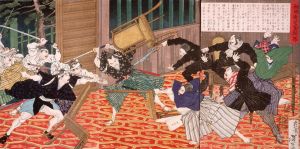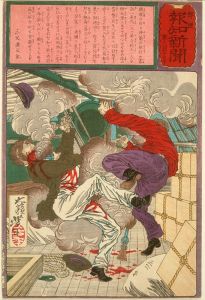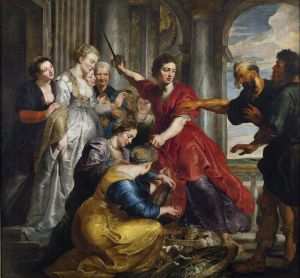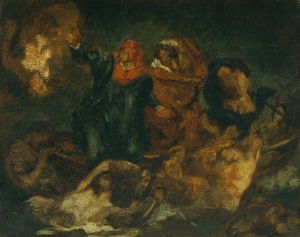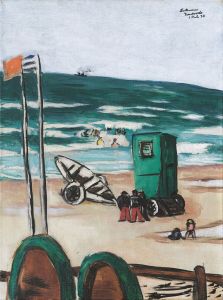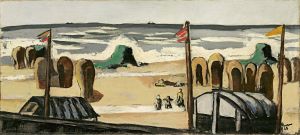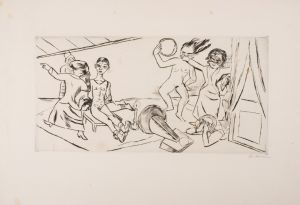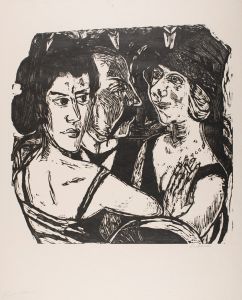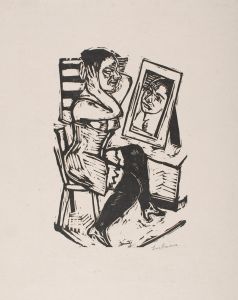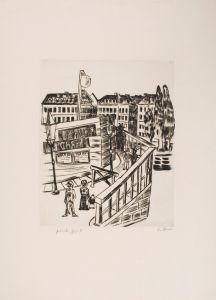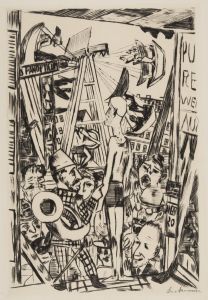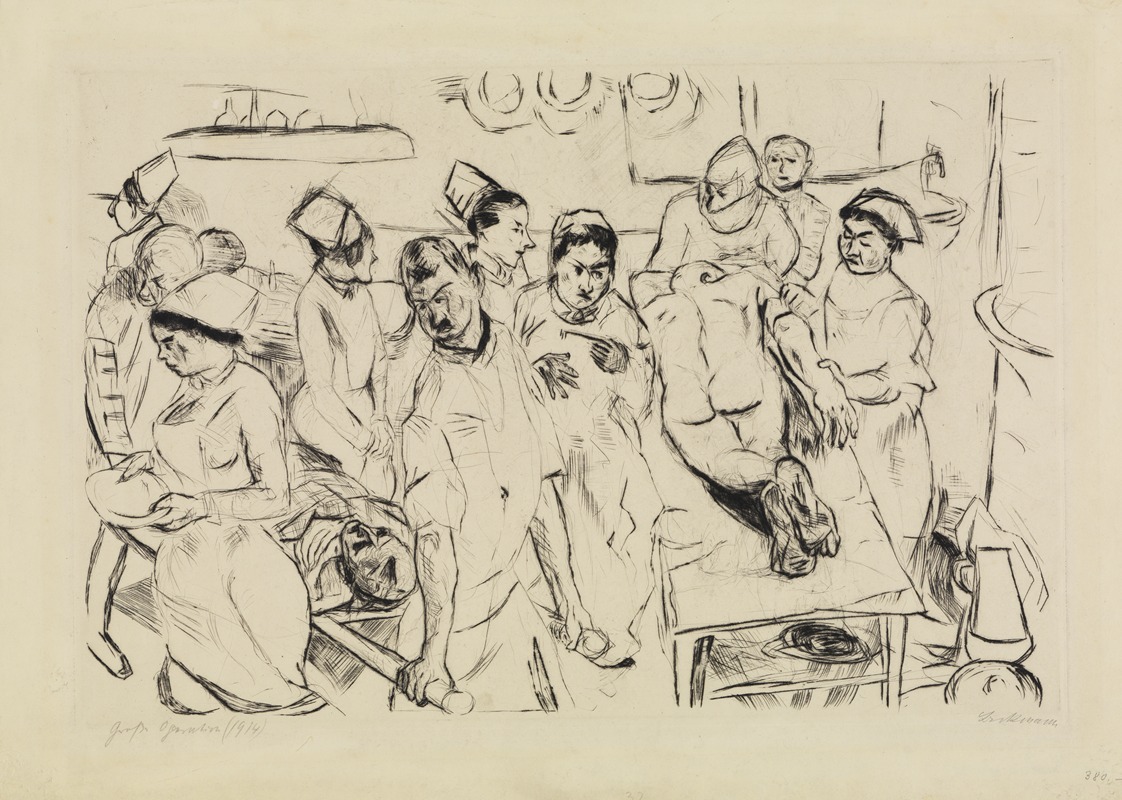
Große Operation
A hand-painted replica of Max Beckmann’s masterpiece Große Operation, meticulously crafted by professional artists to capture the true essence of the original. Each piece is created with museum-quality canvas and rare mineral pigments, carefully painted by experienced artists with delicate brushstrokes and rich, layered colors to perfectly recreate the texture of the original artwork. Unlike machine-printed reproductions, this hand-painted version brings the painting to life, infused with the artist’s emotions and skill in every stroke. Whether for personal collection or home decoration, it instantly elevates the artistic atmosphere of any space.
Max Beckmann was a prominent German painter, draftsman, printmaker, and sculptor, associated with the New Objectivity movement, which emerged in Germany in the aftermath of World War I. His work is known for its bold colors, expressive style, and often complex, symbolic subject matter. One of his notable works is "Große Operation" (The Large Operation), which reflects Beckmann's engagement with the themes of human suffering and existential inquiry.
"Große Operation" was painted during a period when Beckmann was deeply affected by the political and social upheavals of his time. The painting is often interpreted as a commentary on the human condition, particularly in the context of the trauma and disillusionment following World War I. Beckmann, who served as a medical orderly during the war, was profoundly influenced by his experiences, which is evident in the medical and surgical imagery present in the painting.
The composition of "Große Operation" is characterized by its dramatic use of space and figures, creating a sense of tension and urgency. Beckmann's use of bold lines and stark contrasts in color adds to the emotional intensity of the scene. The figures in the painting are depicted in a manner that suggests both physical and psychological distress, a common theme in Beckmann's work as he explored the darker aspects of human nature and society.
Beckmann's style in "Große Operation" is emblematic of the New Objectivity movement, which sought to present a realistic and often critical view of the world, in contrast to the more abstract and idealized styles that preceded it. This movement was characterized by a focus on the realities of modern life, including its challenges and contradictions. Beckmann's work, including "Große Operation," often includes elements of allegory and symbolism, inviting viewers to delve deeper into the narrative and meaning behind the imagery.
Throughout his career, Beckmann faced significant challenges, particularly during the rise of the Nazi regime in Germany. His work was labeled as "degenerate art" by the Nazis, leading to his eventual emigration to the United States in 1947. Despite these challenges, Beckmann continued to produce art that was both innovative and reflective of his personal experiences and observations of the world around him.
"Große Operation" remains an important work within Beckmann's oeuvre, exemplifying his ability to convey complex emotional and philosophical themes through his art. The painting continues to be studied and appreciated for its artistic merit and its poignant reflection on the human experience during a tumultuous period in history. Beckmann's legacy as a leading figure in 20th-century art is cemented by works like "Große Operation," which continue to resonate with audiences and scholars alike.






